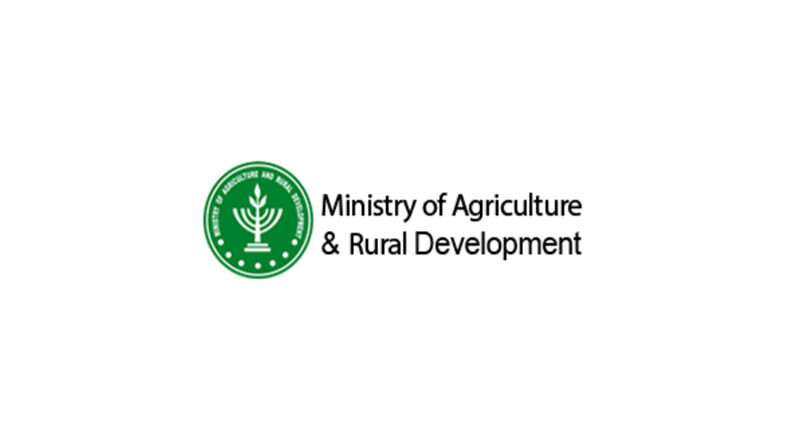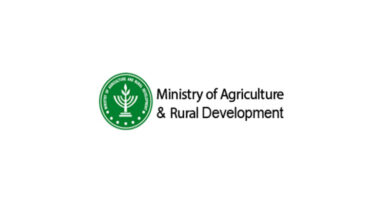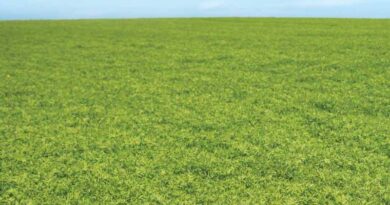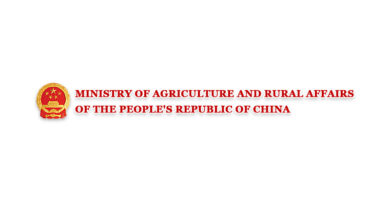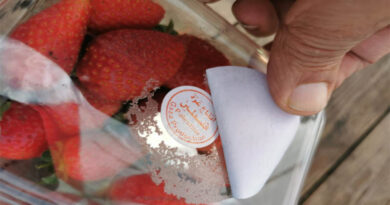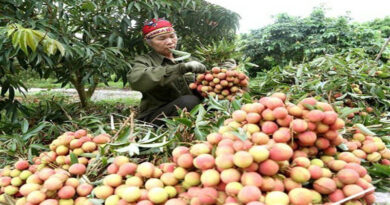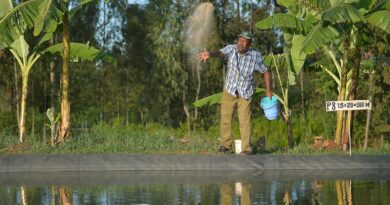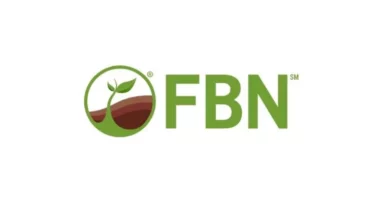Rural Development publishes its Pesticide Residues in Locally Produced Fruits
08 December 2020, UK: The Ministry of Agriculture and Rural Development publishes the results of its annual survey of excessive use of pesticides in local fresh vegetable and fruit produce. Over the course of 2019, the Ministry took approximately 1,400 samples, with 47% of the samples being sampled in packing houses, 17% sampled in logistics centers, and 36% sampled in the growers’ fields. Also, over the past year, the Ministry has continued to increase its enforcement of the application of materials that does not comply with the label instructions. Moreover, the Plant Protection and Inspection Services at the Ministry of Agriculture continue to re-evaluate the pesticides that are registered in Israel and not registered in Europe. To date, the Ministry has decided to ban the use of a number of pesticides, and will continue to prohibit the use of any substance that will be found to be toxic.
Also Read: Need a robust policy framework for agrochemical spray using drones: FICCI-CropLife Paper
The annual survey, conducted by the Plant Protection and Inspection Services at the Ministry of Agriculture and Rural Development, encompasses fruits and vegetables sampled in agricultural fields and packing houses, that are local, Israeli blue & white produce. The findings of the 2019 survey indicate that about 90% of the samples met the standard requirements, and over half of them (52%) of all the surveyed samples were found to have no pesticide residues at all.
As said, in 2019, about 1,400 samples of fresh vegetable and fruit produce from all regions and sectors in the country were examined, totaling 80 different crops. About half of the samples were vegetables, and the other half included: fruits, citrus, and spices.
| 2019 | 2018 | |
| Vegetables and field crops | 57% | 54% |
| Fruit | 26% | 29% |
| Citrus | 6% | 6% |
| Spices | 11% | 12% |
The samples were taken from all regions of the country: 311 samples from the southern region, 346 from the Hadera and Sharon region, 108 samples from the central region, 318 samples from the Arava region and 204 samples from the northern region.

In light of the results of 2018, which indicated a relatively high percentage of irregularities in the vegetable and spice sectors compared to the total number of irregularities, in 2019 emphasis was placed on these sectors. Meanwhile, a higher percentage of the vegetables and herbs were sampled relative to the percentage of consumption and their growth in the market. The main crops sampled in 2019 were:
| Crop name | No. of samples in 2019 | Crop name | No. of samples in 2019 |
| Pepper | 223 | Strawberry | 86 |
| Citrus fruit | 77 | Tomato | 73 |
| Eggplant | 54 | Avocado | 52 |
| Date | 50 | Cucumber | 39 |
| Zucchini | 39 | Celery | 35 |
| Lettuce | 31 | Cabbage | 30 |
| Melon | 29 | Grapes | 27 |
| Apricot | 25 | Parsley | 25 |
The vast majority of the tests indicated compliance with the standards. Survey findings indicated that in: avocado, watermelon, peanut, pear, pineapple, alfalfa, sweet potato, banana, onion, guava, carrot, pumpkin, hyssop, garden sorrel, horseradish, wheat, cabbage, Chinese cabbage, jute, mango, sage, wheat sprouts , sunflower sprouts, Chinese sprouts, lentils, chives, beans, pitaya, passion-fruit, papaya, radish, thyme, kale, artichoke, rosemary, basil, arugula, pomegranate, garlic, loquat, corn, dates and potato – no irregularities were found at all (deviation rate of 0%).
However, the Ministry emphasizes that out of the 11.7% irregularities found, about one third (about 3.6%) indicated slight anomalies at very low levels. These were probably due to floating pesticides borne in the air from nearby fields, the threshold sensitivity levels of the analysis instrumentation detecting miniscule anomalies, a very low deviation from the maximum allowable residue values and more. It also shows that more than half of the irregularities (6.3%) were due to the use of materials that are approved for use in Israel, but not approved for use on the tested crops (especially in crops grown on very small scales, such as green onions, chard, fennel, dill, kohlrabi and radish), and not necessarily due to high rates of pesticide residues in these crops, because any residue of the material, even at very low rates, is considered an irregularity. It should also be noted that a significant proportion of the irregularities were due to the fact that pesticide residue standards (MRLs) are more stringent compared to the European and international standard.
The highest rates of irregularities were found in: oregano, mint, beet leaves (chard), green onions, lettuce, coriander, celery, fennel, dill, kohlrabi, nectarine, grapes, cucumber and strawberry.
In a number of crops, we witnessed a very notable decline in the rate of the irregular samples. These include cherry, pumpkin, melon, chard, parsley and basil.
Any case in which clear irregularities were detected was transferred for investigation, conducted by the Central Enforcement and Enforcement Unit, into the circumstances of the incident, which led to the imposition of administrative fines.
The Plant Protection Services emphasize that not every irregularity poses a health risk and causes excessive exposure to pesticides. An irregularity means that the application of pesticides is performed in violation of the Ministry’s guidelines for “proper agriculture”, and the Ministry will continue to monitor the farmers who violate these guidelines.

